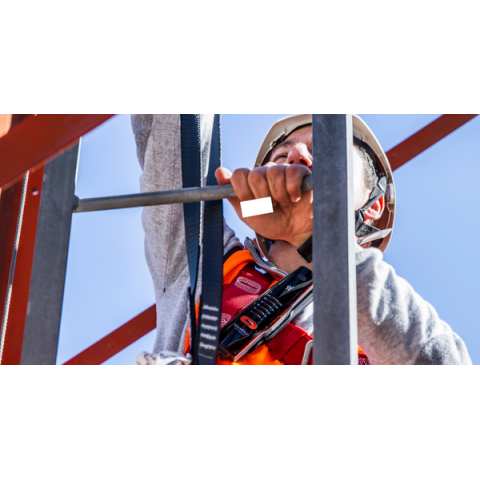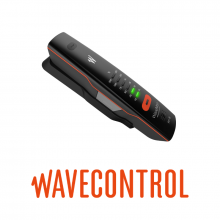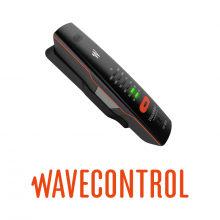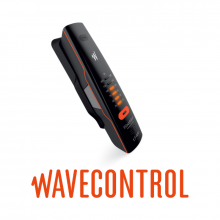Who Needs to Wear an EMF Meter?
There are many situations in Australia, where you may be exposed to Electromagnetic Frequencies in your workplace, or when working near some types of equipment.
Electromagnetic frequencies are a source of non-ionising radiation, and the Australian Radiation Protection and Nuclear Safety Agency (ARPANSA) has published guidelines on how the risks of non-ionising radiation should be mitigated.
The occupational health and safety manager at your organisation should be aware of these guidelines and provide mitigating measures where required.
If you are working in any of the fields listed below, you may need to consider wearing a personal EMF meter.
- Telecommunications
- Railway and Tram Networks
- Electromedicine
- RFID / EAS Systems
- Research Facilities / Universities
- Defence
- Power Networks
- Industry
There are 3 types of EMF field, each requiring a different type of EMF meter that can monitor the field in question:
- High Frequency Fields
- Low Frequency Fields
- Static Fields
Each of these has a different effect on the human body:
Health Effects of High Frequency EMF Fields
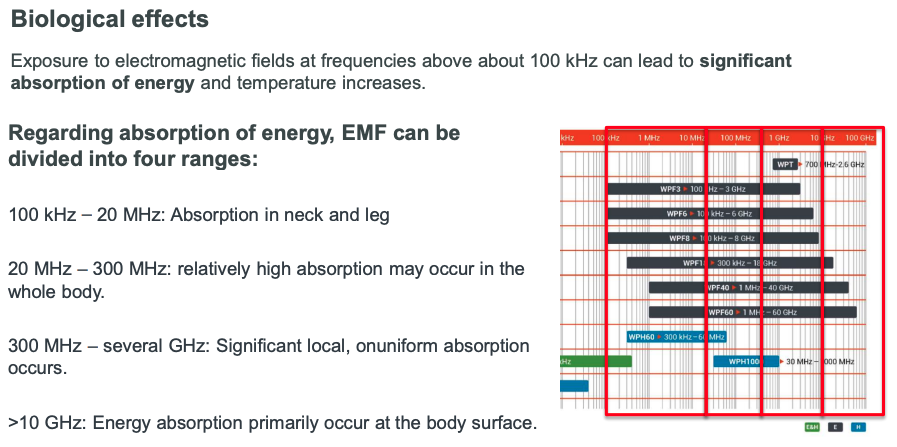
Health Effects of Low Frequency EMF Fields
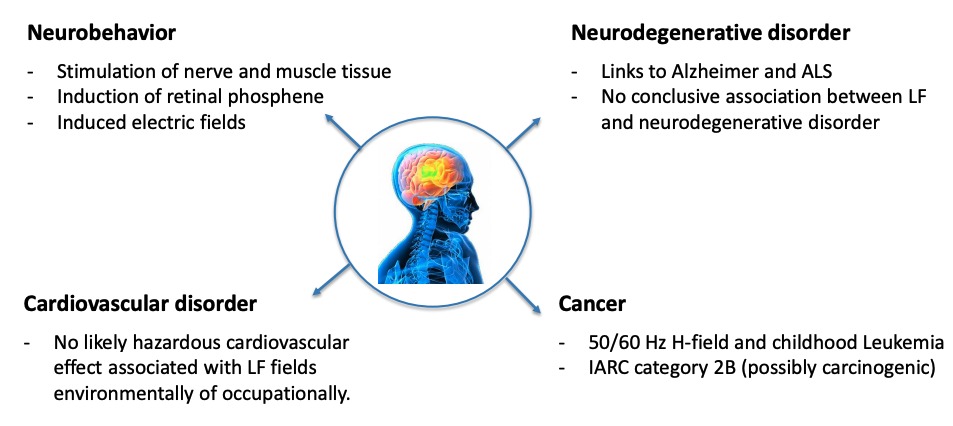
Health Effects of Static EMF Fields
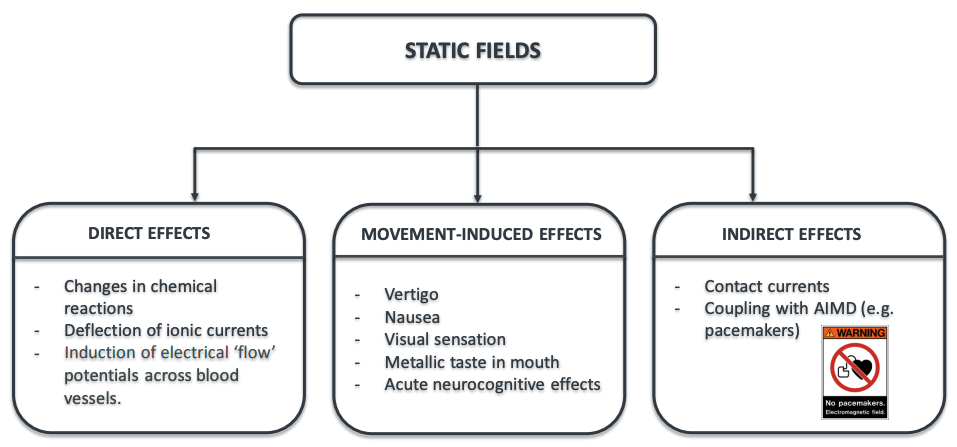
EMF Protection for Telecommunications Workers
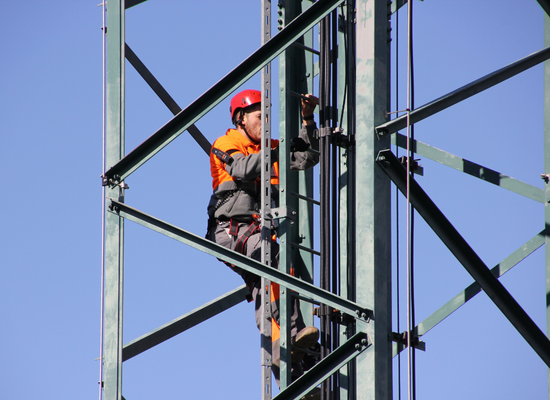
Mobile phone systems, broadcasting systems, and other communication systems are the main sources of electromagnetic radiation in this area.
If you who access telecommunication infrastructures or climb towers with radiating elements, it is recommended that you wear a personal EMF radiation detector such as the Wavemon-RF60-ARPANSA personal monitor, to avoid overexposure.
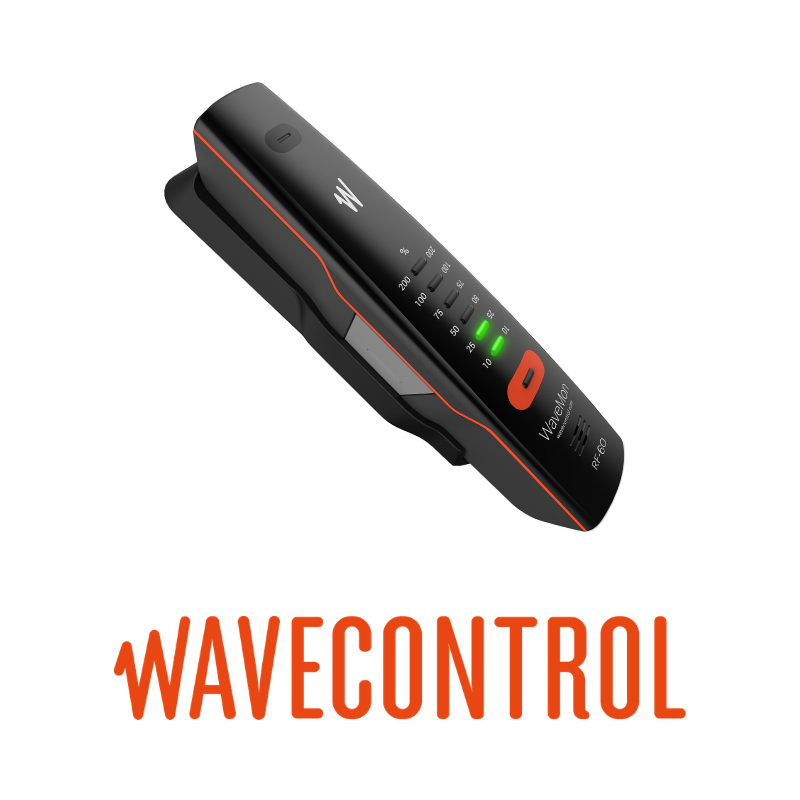
The electromagnetic fields around these systems should also be routinely monitored to ensure the safety of other workers, or members of the public in the vicinity.
Measurements may be taken under far-field conditions with an EMF field monitor such as the Wavecontrol SMP3, where use of an E (electric) field probe will be sufficient (for example probe WPF8).
With low-frequency transmitters, the reading may need to be taken in near field conditions, so the H (magnetic) field will also have to be measured using a probe such as the WPH60.
See Health Effects of High Frequency EMF Radiation
Monitoring EMF Around Railway and Tram Networks

Electricity is often used to provide motive power to railways and tram networks.
Electrification allows trains to move quickly, quietly, and comfortably and with little localised pollution. With AC railway power networks, high-power and low-frequency energy is used. With DC power networks static fields will be present.
Radio frequencies (RF) are used for communication.
Unless you are climbing towers or other infrastructure with radiating elements, it is not necessary for you to wear a personal EMF meter. However, the electromagnetic fields in the area you are working in should be regularly monitored to avoid over-expose.
The Wavecontrol SMP3 handheld EMF meter can be used with different probes to measure both static fields and low frequency fields.
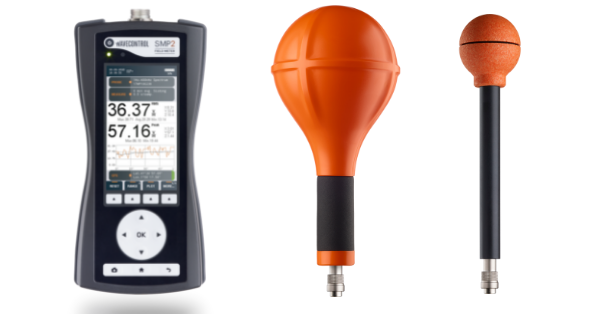
See Health Effects of Low Frequency and Static Fields
Electromedicine and EMF Fields
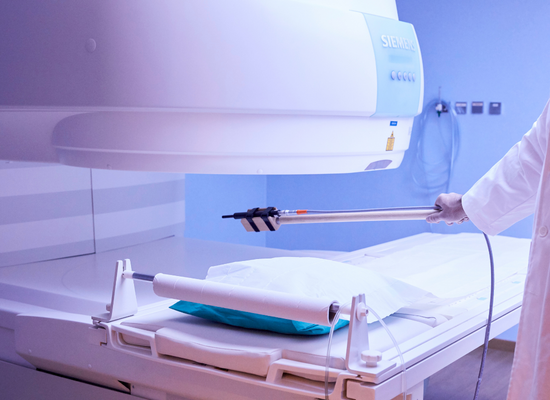
Magnetic resonance equipment, diathermy, hyperthermia equipment, and electrosurgery equipment are the main sources of electromagnetic radiation in the medical industry.
If you operate this type of equipment or work in nearby spaces, you are being exposed more intensely than patients or people who are just passing through.
Therefore, exposure within the radius of influence of the equipment must be evaluated and controlled. This includes measurements at low and high frequencies using a suitable device and probes with isotropic response and RMS, such as the Wavecontrol SMP3.
The applicable standard in this field is IEC 60601.
See Health Effects of Static EMF Fields
Monitoring EMF Fields Around RFID/EAS SYSTEMS
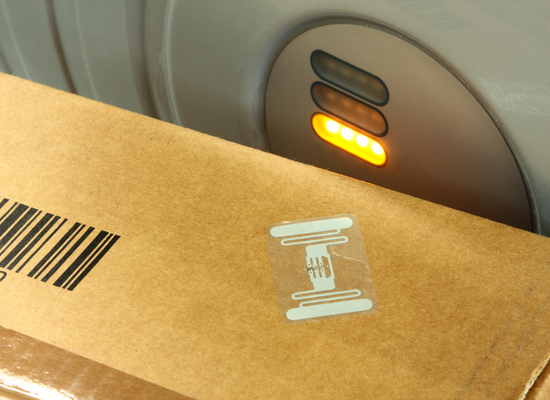
Radio frequency identification (RFID) and electronic article surveillance (EAS) systems are commonly used in public spaces, generating complex electric fields.
If you work in spaces near those systems, you are exposed more intensely than people who are passing through them. Again, exposure within the radius of influence of the equipment must be evaluated and controlled.
Most RFID/EAS systems work in the low frequency range. The reference standards applicable to exposure to RFID/EAS are: EN 50364 and IEC/EN 62369-1. These can be monitored with the Wavecontrol SMP3.
See Health Effects of Low Frequency EMF Fields
Monitoring EMF Fields at Research and Development Facilities
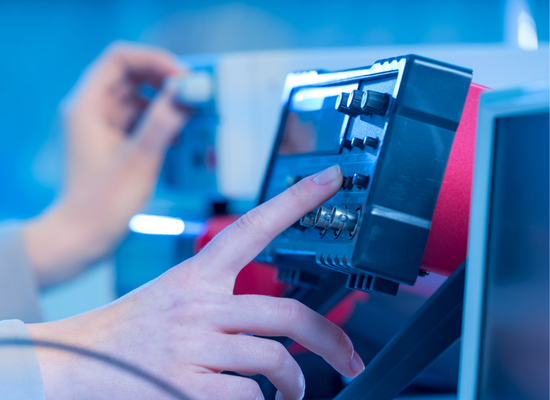
Electric and electronic research laboratories normally use radiofrequency equipment, and the levels of electromagnetic radiation can be high.
This makes it necessary to ensure your safety in connection with exposure to those electromagnetic fields.
To ensure that permitted levels of exposure are not exceeded, the ideal devices are broadband meters that can measure total exposure over the working frequency range of the equipment used.
The ideal solution is the Wavecontrol SMP2 + the WPF probe that is best suited to the frequency range in question. Regular monitoring should be adequate, and it is not necessary to wear a personal EMF meter.
The Wavecontrol MonitEM-Lab is perfect in situations where continuous monitoring is required.
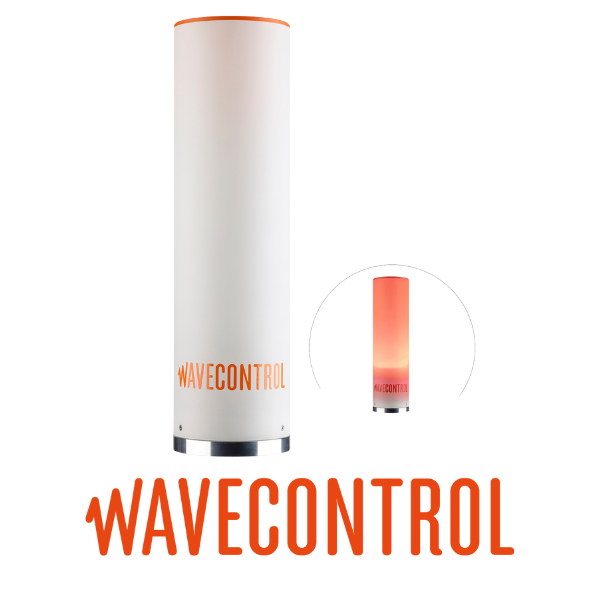
See Health Effects of Low Frequency EMF Fields
EMF Protection for Defence Personnel
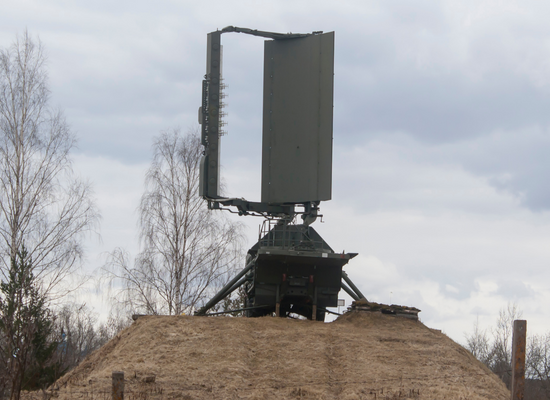
The main sources of electromagnetic radiation in defense are radar stations, satellite equipment, communication equipment, etc.
The Wavecontrol SMP3 is particularly suitable for monitoring the associated electromagnetic fields, thanks to its high-speed digital processing that ensures the ability to detect peaks of up to 1 µs.
It can also detect isolated remarkably high amplitude peaks thanks to a special self-scaling function that adapts the device’s dynamic margin (amplification) to the necessary levels.
In the area of defence, you can find electric and magnetic fields of low frequency, from communications equipment working at several kilohertz (kHz) up to gigahertz (GHz).
The Wavecontrol SMP3 + WP400 + WPF18 combination is ideal in this case because it can cover the 1 Hz – 18 GHz frequency range with just two probes.
See Health Effects of Low Frequency EMF Fields
EMF Protection for Power Workers
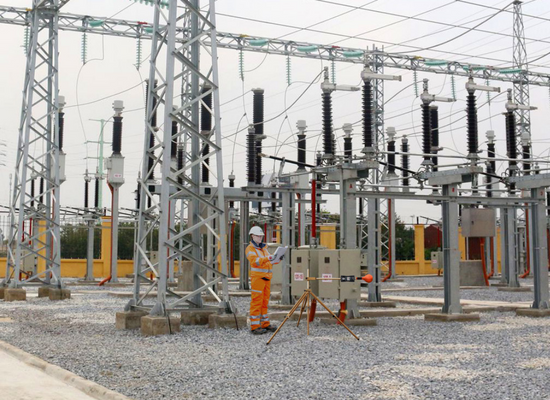
Low-frequency electromagnetic fields are associated with the supply of electricity, through the generation, distribution, and use of alternating current (AC), and they are always present in our surroundings.
Electricity operates at the frequency of 50 Hz in Australia.
Power stations, high- and medium-voltage lines, transformers, electric motors, and railway lines are the main sources of these electromagnetic fields.
The applicable reference standards include IEC/EN 62110 (AC power systems), IEC 61786-1, and IEC 61786-2 (measurement of DC and AC fields from 1 Hz to 100 kHz).
The Wavecontrol SMP3 is perfect for monitoring electromagnetic fields in such environments.
It is not necessary for you to wear a personal EMF meter, but your employer should be taking measures to ensure that you are not exposed to EMF radiation.
See Health Effects of Low Frequency EMF Fields
EMF Fields Present in Industry
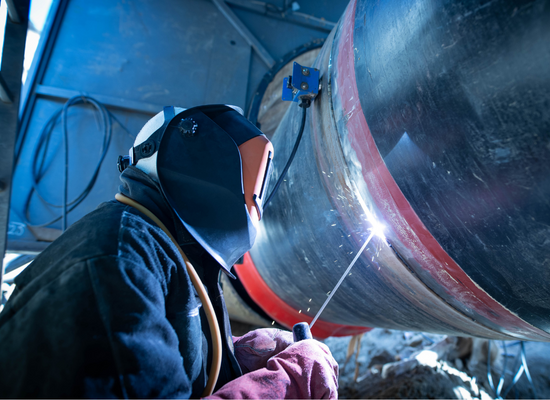
Electromagnetic fields can be present in a wide range of industrial areas, near machinery, and in certain manufacturing processes.
Some examples include processed using induction heating, welding systems and processes, radio frequency (RF) heating, tempering and drying equipment, chemical processes (electrolysis), etc.
You do not need to wear a personal EMF meter, but your employer should be monitoring your work area to ensure that you are not over exposed to EMF fields.
See Health Effects of Static Fields
What Should You Do If You Are Worried about EMF Exposure?
The first step is to ask your employer what strategy they have in place for ensuring your safety in the workplace. If they are uncertain about their responsibilities in this area, we are happy to refer them to the relevant resources so that they can develop an EMF radiation management plan.
We can advise what equipment is best suited for your situation.
For further information or assistance, please contact ADM Nuclear Technologies.

